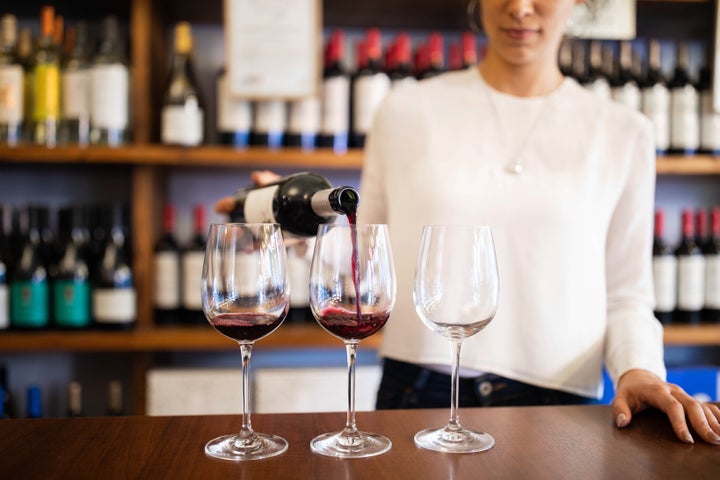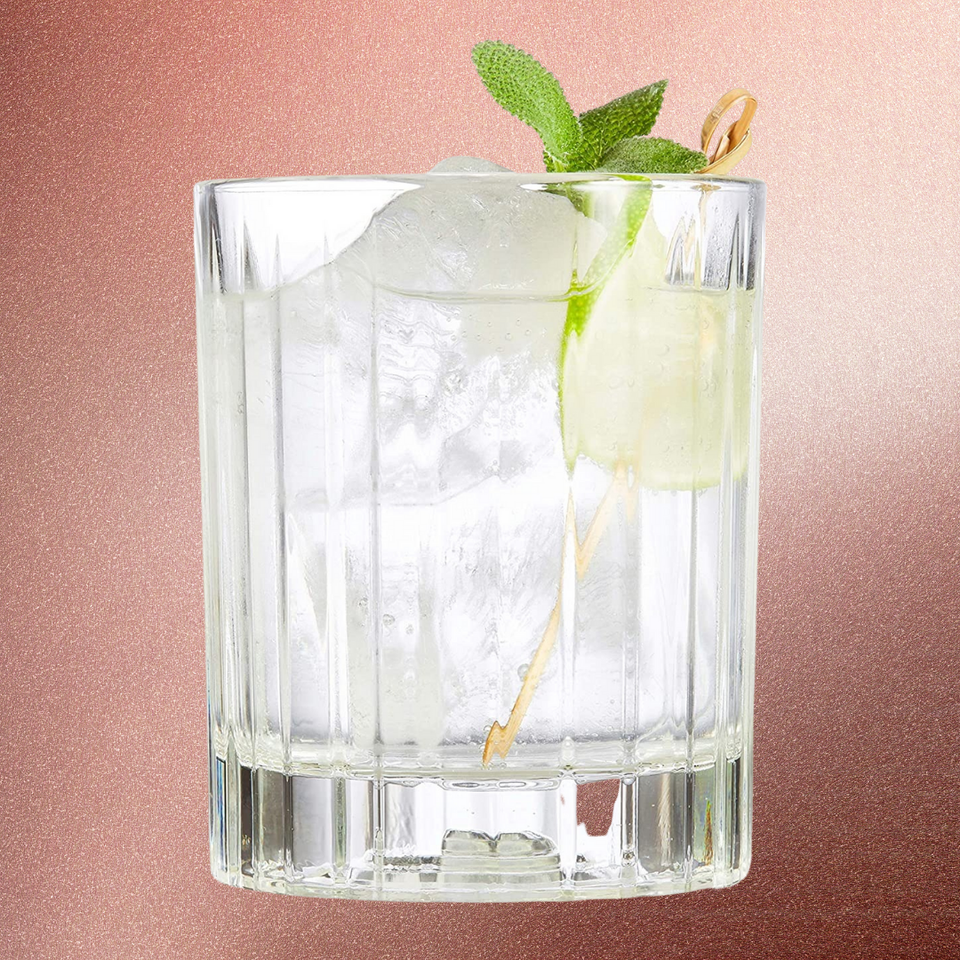
The process of ordering wine off a menu is intimidating enough to make your palms sweat. Should you pick a wine based on region? (People seem to talk a lot about Australian wines...) Is it better to go for one you’ve heard of or be adventurous and try something new? Maybe you should just call it a day and order the second-cheapest.
Sometimes what’s most helpful is the process of elimination. If you can automatically nix some of the wines on the menu, it’s easier to decide between the few that are left. It’s something sommeliers do when they go out to eat.
As people who are literally trained in wine drinking, they know what is and isn’t worth ordering. Want to order like a somm? Find out what wines they would never spend their money on and how they decide what’s actually worth it.
3 Characteristics Of Wine That Sommeliers Immediately Eliminate
1. Wines From Famous Regions
Napa Valley, Tuscany, Sicily ― while all these regions produce a lot of amazing wines, wine educator and sommelier Warner Boin skips them when she sees them on the menu. “Wines from renowned regions usually have a significantly higher markup,” she said. “I typically skip over wines from Bordeaux, Burgundy or Napa Valley at a restaurant — unless someone else is offering to buy!”
Boin explained that since these options are from recognized regions for producing quality wine, they’re in more demand and most commonly ordered, which drives up the price. “If you’re wanting a better bang for your buck, look for lesser-known regions or varietals, or wines local to you when possible,” she said.
Sommelier and Somm in the City creator Sara Jimenez thinks similarly, saying, “Many restaurants still focus on really big wineries and mass-produced wines due to their ability to sell. I like to try smaller production domestic wines. A bit more boutique if you will.”
Sommelier Samantha Capaldi agrees, saying that she often finds amazing wines at a great price point from smaller, less famous regions. “I know it’s intimidating for some to branch outside their New Zealand sauvignon blanc or Napa cabernet, but to really appreciate and find more wines you’ll love, you have to try new wine regions and unfamiliar grape varieties,” she said.
2. Wines You Can Get Cheaper At The Grocery Store
If Capaldi sees a glass of wine on the menu that she knows she can get as an entire bottle for the same price elsewhere, she’s not going to order it. “From experience, I see a lot of California, Washington and Oregon wines priced up high on wine lists, so depending on if I know I can get it significantly cheaper, I’ll avoid those,” she said.
Karen MacNeil, the author of “The Wine Bible,” has a similar logic. “Anything that I’ve seen stacked by the case in a supermarket or wine shop — usually at a fraction of the price the restaurant is charging — I’m going to automatically eliminate,” she said. “If it’s floor-stacked in a retail store or supermarket, it means it’s been discounted. Why pay $60 on a restaurant wine you saw for $11 at Safeway?”

Related to this, Sarah Looper, a sommelier and wine educator, said that wine price can absolutely help with narrowing down your choice. “Don’t be afraid to state your budget” when asking the server for recommendations, she said. “There is no shame in that game.”
3. Wines They Don’t Like (Which Isn’t As Much Of A No-Brainer As You Might Think)
“I immediately eliminate wines that I don’t often drink or care for, like simple pinot grigio, or sweet Moscato ― wines that don’t appeal to my palate,” said Randa Warren, a master sommelier and certified wine educator. Sommelier and winemaker André Hueston Mack said the same goes for him. If there’s a wine on the menu he knows he doesn’t like, he automatically eliminates it from consideration.
While this may sound like a no-brainer, it’s actually not because many people haven’t figured out what they do like, which is key for knowing what you don’t. That means being open to trying new wines, even if you’re nervous you aren’t pronouncing the name right or are unfamiliar with the region.
“Learn to describe what you like or dislike” to the sommelier or server, Looper said. This can be as simple as knowing if you prefer dry wines to sweet ones or it can be a bit more nuanced as you learn more about wine. “For example, if you know you don’t like oaky, lush chardonnays, being able to say something like, ‘I tend to like a French-style chardonnay rather than the California-style chardonnay because I don’t like the California’s buttery flavor,’ will help your somm immensely,” Looper said.
Putting this tip into action is similar to how you figure out what you want to eat. If you’re eating at a Thai restaurant and you know you don’t like green curry, you aren’t going to order it, allowing you to focus on other entrees. The same goes for wine.
How To Choose Wine That’s Actually Worth The Price
Now that you’ve eliminated some options, now what? Looper and Mack both said to consider the environment. “I ask myself, ‘What is this restaurant about?’” Looper said. For example, if you’re at a tapas restaurant, there are probably some great Spanish wines to ask about.
Second, every single sommelier said that if you aren’t sure what to order, you should ask your server for a recommendation. Jimenez said that not asking the sommelier or server for recommendations is the No. 1 wine-ordering mistake most people make. Again, this is where knowing what you do and don’t like can be helpful. But even if you don’t know that, you can start by asking your server what pairs well with the entree you plan to order, or put the sommeliers’ other tips into action by asking about wines from lesser-known regions or that are produced locally.
If you’re still not sure what to order, MacNeil said to go for the second- or third-least expensive wine. “It’s usually one of the sommelier’s favorites,” she said. In fact, Warren said that it’s a total myth that the most expensive wine on the menu is always the best wine.
In the end, all of the sommeliers said that as long as you like what you’re drinking, that’s all that matters. “Even though wine is just grape juice, it continues to carry this air of snobbiness and classism,” Looper said. If you like what you’re drinking, you can consider your money well spent — no matter what wine you landed on.
